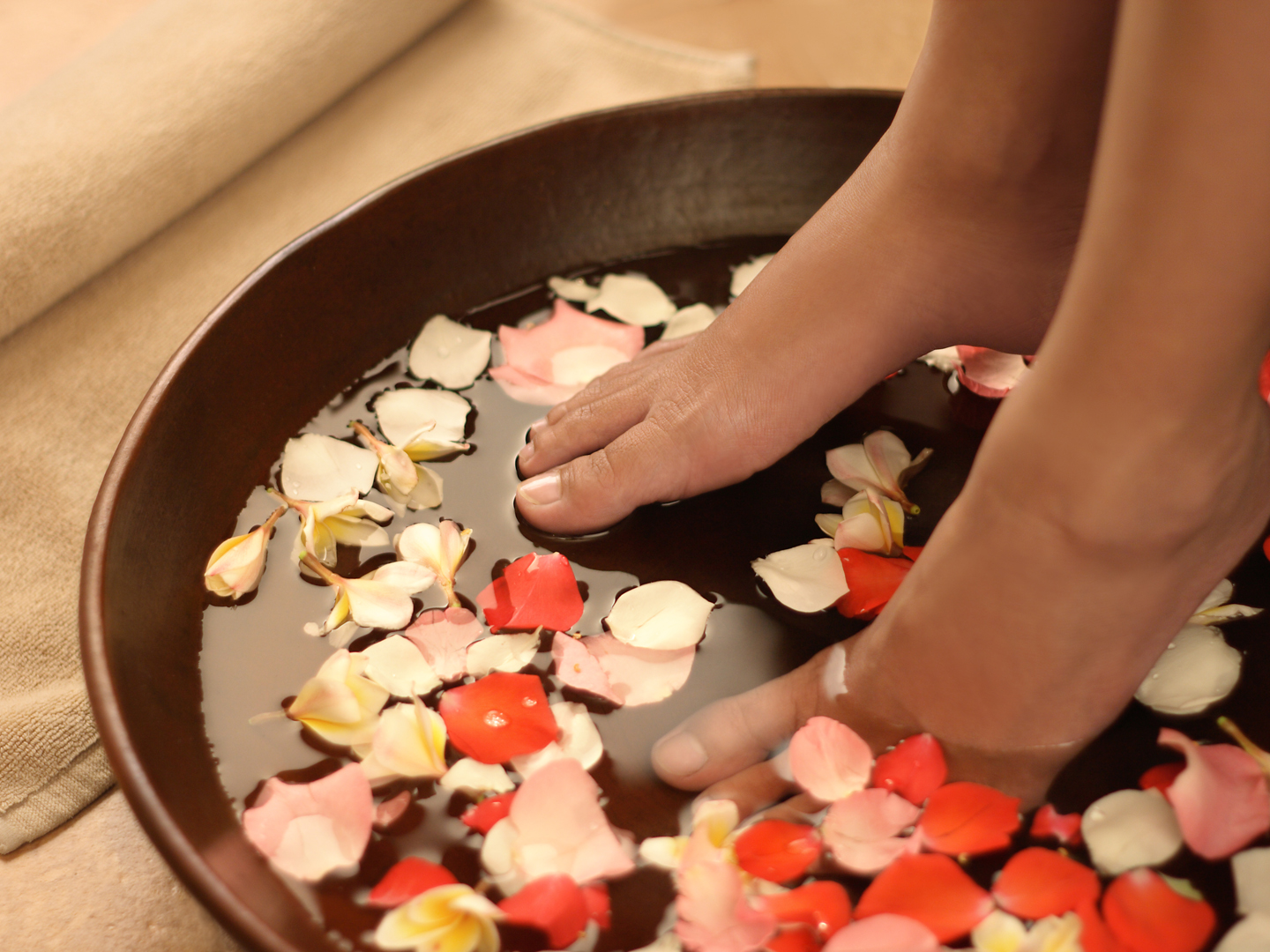Plantar Fasciitis: A Pain In The Heel?
I’ve been suffering with plantar fasciitis for months with no real improvement. I heard that there are new and better exercises for this problem. Can you tell me what they are and if they really work?
Andrew Weil, M.D. | December 16, 2014

Plantar fasciitis is pain in the heel stemming from irritation of the plantar fascia, a band of tissue that stretches along the bottom of the foot. This problem can develop when the tissue is stretched beyond its normal limits as a result of running or jumping, and can be worsened by shoes that don’t give you proper support.
Plantar fasciitis is most common among runners, volleyball and tennis players, people who regularly do step aerobics or stair climbing, those with flat feet, pregnant women, the obese, and diabetics. If you think your heel pain is exercise-related, take a break from what you’ve been doing.
Medical wisdom holds that plantar fasciitis stems from inflammation caused by the strain of exercise, but some recent research suggests that inflammation may not be the problem. Biopsies of tissue taken from the fascia of people with plantar fasciitis didn’t show the usual markers of inflammation, and experts now suspect that the disorder is caused by degeneration or weakening of the tissue. These changes are possibly due to small tears that occur over time during exercise. Normally, the body repairs such tears, but sometimes, for unknown reasons, the damage outpaces the healing process, resulting in an accumulation of tears that don’t heal promptly, according to sports medicine experts quoted by the New York Times in a February 20, 2013, article on the subject.
The newest approach to this problem is an exercise developed by researchers in Denmark who published their findings in August, 2014, in the Scandinavian Journal of Medicine & Science in Sports. Here’s what you do: stand barefoot with the affected foot on a stair or box. Place a rolled up towel under your toes and let your heel hang over the edge of the stair or box. The other leg should hang free, bent slightly at the knee.
You then raise and lower the painful heel to a count of three, hold for two seconds and then lower for three seconds. You aim for 12 repetitions. When you can do these heel raises easily, you are supposed to fill a backpack with books and then do eight to 12 repetitions of the heel raises every other day while wearing the backpack.
The Danish researchers compared the results of participants who performed the new exercise to those of volunteers in a control group that practiced the daily stretches usually recommended for plantar fasciitis. These involve pulling the toes toward the shins 10 times and repeating this stretch three times a day.
The patients in the exercise group reported significant reductions in pain and disability after three months while those in the control group showed little improvement. The researchers reported, however, that after nine months of the stretching that is usually recommended, pain also diminished in most of the volunteers in the control group.
The new exercise is certainly worth trying, even though it isn’t likely to relieve heel pain overnight. Unfortunately, plantar fasciitis can go on for months or even as long as a year or more, even with diligent exercise to address it. Eventually, however, the pain will go away.
Andrew Weil, M.D.
Source:
Michael Skovdal Rathleff et al, “High-load strength training improves outcome in patients with plantar fasciitis: A randomized controlled trial with 12-month follow-up.” Scandinavian Journal of Medicine & Science in Sports”. August 21, 2014










